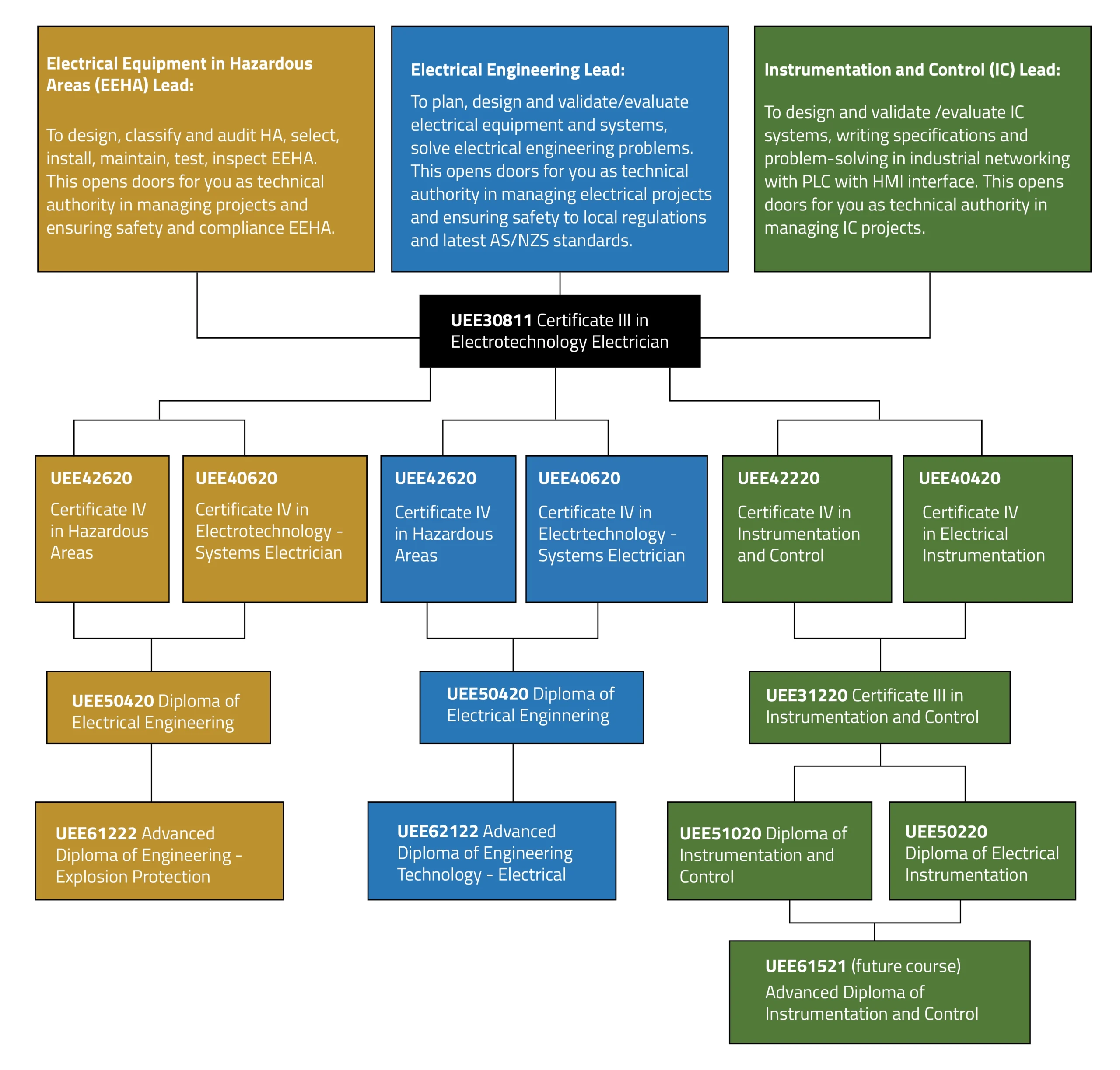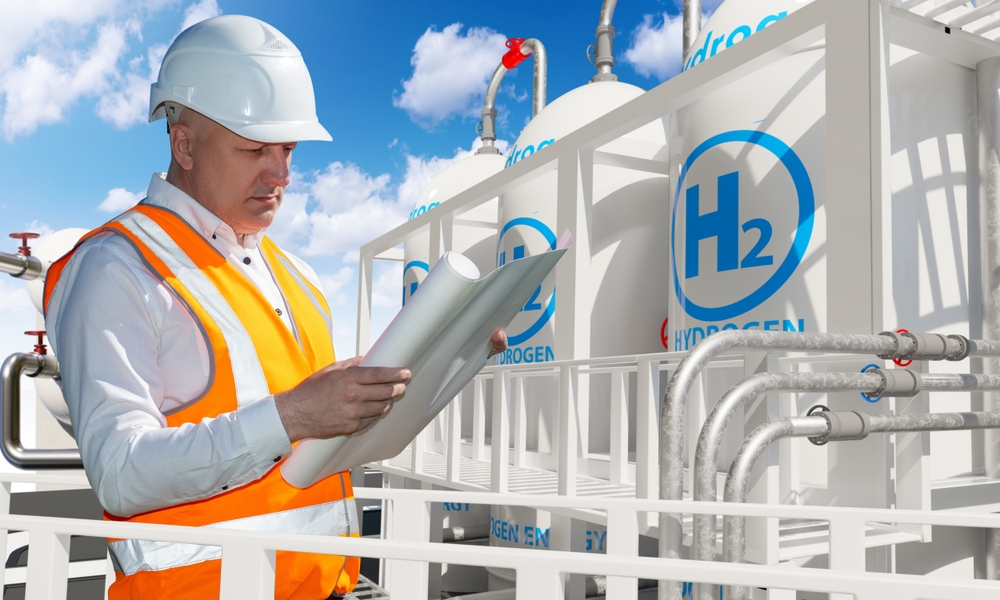An Unbiased View of Roar Solutions
An Unbiased View of Roar Solutions
Blog Article
The Ultimate Guide To Roar Solutions
Table of Contents10 Easy Facts About Roar Solutions ExplainedThe smart Trick of Roar Solutions That Nobody is Talking AboutThe Facts About Roar Solutions Revealed
In such an ambience a fire or explosion is possible when three standard problems are fulfilled. This is usually referred to as the "hazardous area" or "burning" triangle. In order to protect setups from a possible explosion a method of analysing and classifying a possibly unsafe location is required. The objective of this is to guarantee the correct selection and installment of equipment to eventually prevent a surge and to guarantee safety of life.
(https://www.easel.ly/browserEasel/14541286)
No tools must be set up where the surface temperature of the equipment is more than the ignition temperature level of the offered hazard. Below are some usual dust unsafe and their minimum ignition temperature level. Coal Dust 380C 225C Polythene 420C (thaws) Methyl Cellulose 420C 320C Starch 460C 435C Flour 490C 340C Sugar 490C 460C Grain Dust 510C 300C Phenolic Material 530C > 450C Aluminium 590C > 450C PVC 700C > 450C Residue 810C 570C The probability of the risk being existing in a focus high enough to trigger an ignition will differ from area to area.
In order to categorize this danger an installment is divided right into locations of risk depending upon the quantity of time the harmful is existing. These areas are described as Areas. For gases and vapours and dirts and fibres there are 3 areas. Area 0 Zone 20 A harmful environment is very most likely to be existing and may be existing for long periods of time (> 1000 hours each year) and even constantly Zone 1 Zone 21 A dangerous ambience is feasible however not likely to be existing for extended periods of time (> 10 450 C [842 F] A classification of T6 indicates the minimal ignition temperature level is > 85 C [185 F] Harmful location electric devices maybe made for use in greater ambient temperatures. This would certainly showed on the score plate e.g. EExe II C T3 Ta + 60C( This indicates at 60C ambient T3 will not be gone beyond) T1 T1, T2, T3, T4, T5, T6 T2 T2, T3, T4, T5, T6 T3 T3, T4, T5, T6 T4 T4, T5, T6 T5 T5, T6 T6 T6 A T Class ranking of T1 implies the maximum surface area temperature created by the tool at 40 C is 450 C. Assuming the linked T Class and Temperature rating for the devices are proper for the location, you can always use an instrument with a more strict Department rating than needed for the area. There isn't a clear response to this inquiry regrettably. It truly does depend upon the type of equipment and what repair work need to be performed. Equipment with certain examination treatments that can not be done in the area in order to achieve/maintain 3rd party rating. Have to come back to the manufacturing facility if it is prior to the devices's service. Field Repair Service By Authorised Personnel: Challenging testing might not be called for nevertheless details treatments may need to be complied with in order for the tools to preserve its 3rd party rating. Authorised personnel should be employed to perform the job appropriately Repair have to be a like for like substitute. New component should be thought about as a direct replacement requiring no unique screening of the devices after the repair work is total. Each tool with an unsafe score must be assessed separately. These are laid out at a high level listed below, however, for even more thorough details, please refer directly to the guidelines.
The Ultimate Guide To Roar Solutions
The tools register is a detailed data source of tools records that includes a minimum collection of areas to recognize each product's area, technical specifications, Ex-spouse classification, age, and environmental information. The proportion of In-depth to Close examinations will be established by the Devices Danger, which is assessed based on ignition risk (the probability of a resource of ignition versus the likelihood of a flammable atmosphere )and the unsafe location classification
( Zone 0, 1, or 2). Applying a durable Risk-Based Assessment( RBI )strategy is crucial for making certain conformity and safety and security in managing Electrical Tools in Hazardous Areas( EEHA).
The Ultimate Guide To Roar Solutions

In terms of eruptive danger, an unsafe location is an atmosphere in which an explosive environment is existing (or may be anticipated to be present) in amounts that call for unique precautions for the building and construction, setup and use devices. Roar Training Solutions. In this write-up we explore the obstacles faced in the workplace, the danger control steps, and the required proficiencies to work securely
These compounds can, in specific problems, develop explosive atmospheres and these can have major and awful consequences. Most of us are acquainted with the fire triangle eliminate any type of one of the 3 aspects and the fire can not take place, but what does this mean in the context of hazardous locations?
In a lot of instances, we can do little about the levels of oxygen in the air, yet we can have considerable impact on resources of ignition, for instance electrical tools. Dangerous locations are recorded on the harmful area category illustration and are determined on-site by the triangular "EX-SPOUSE" indication. Here, among other vital details, zones are split right into three types depending upon the threat, the possibility and duration that an eruptive environment will certainly exist; Area 0 or 20 is considered the most dangerous and Area 2 or 22 is considered the least.
Report this page